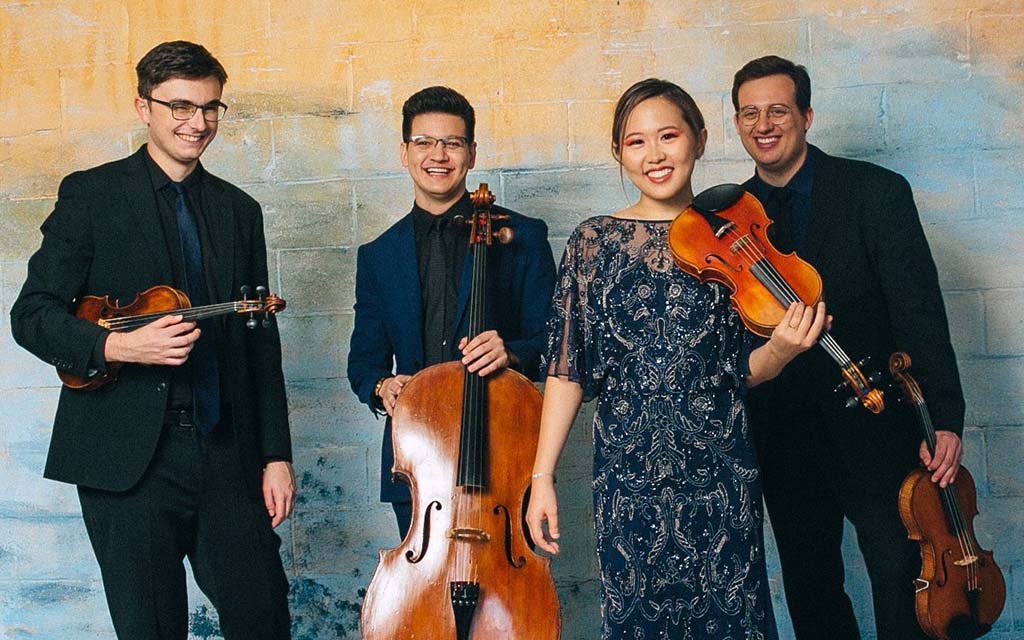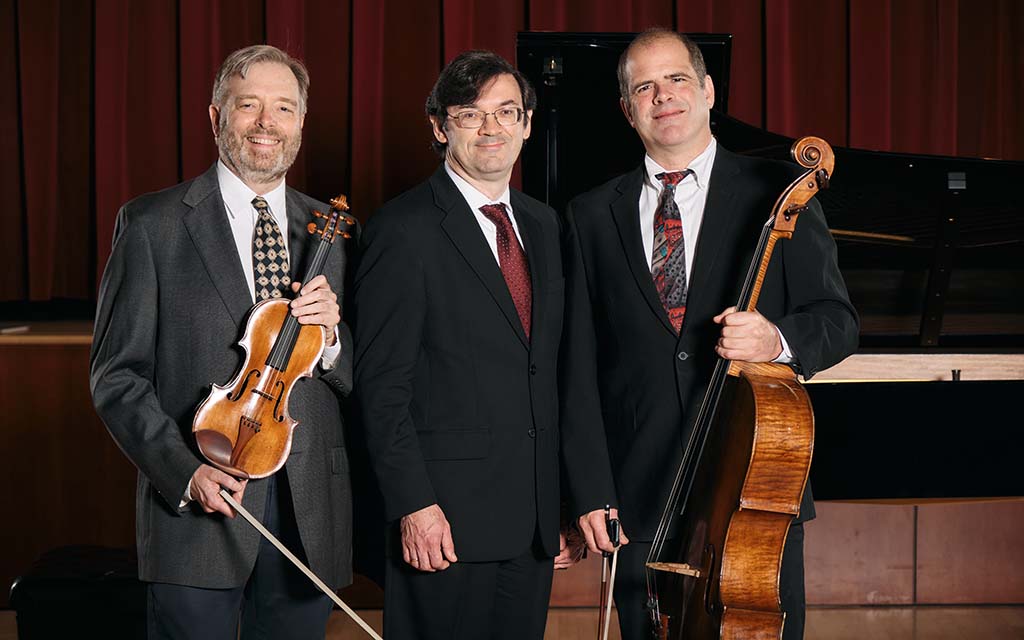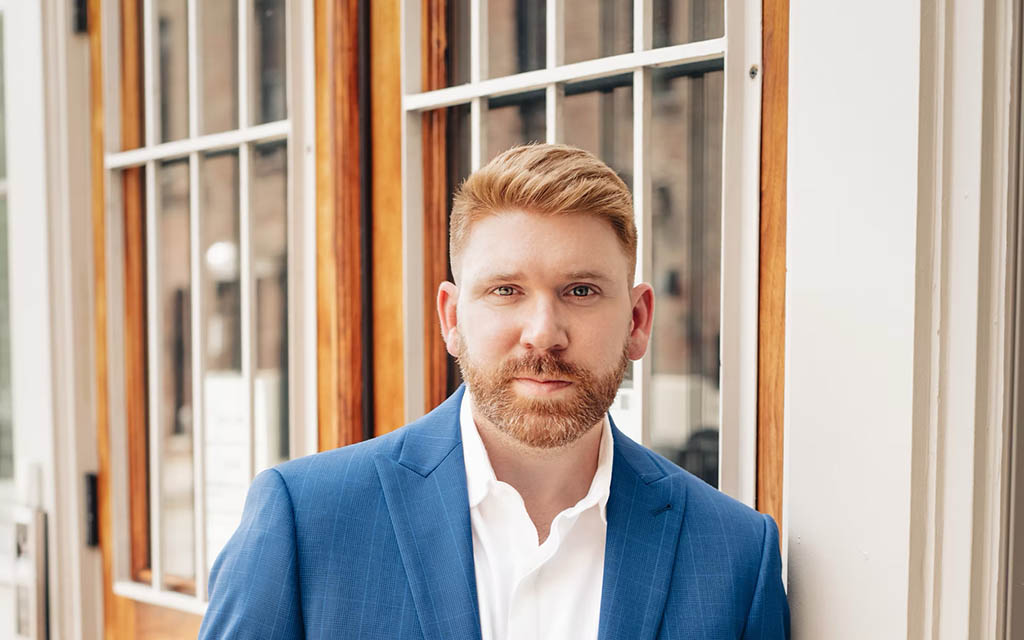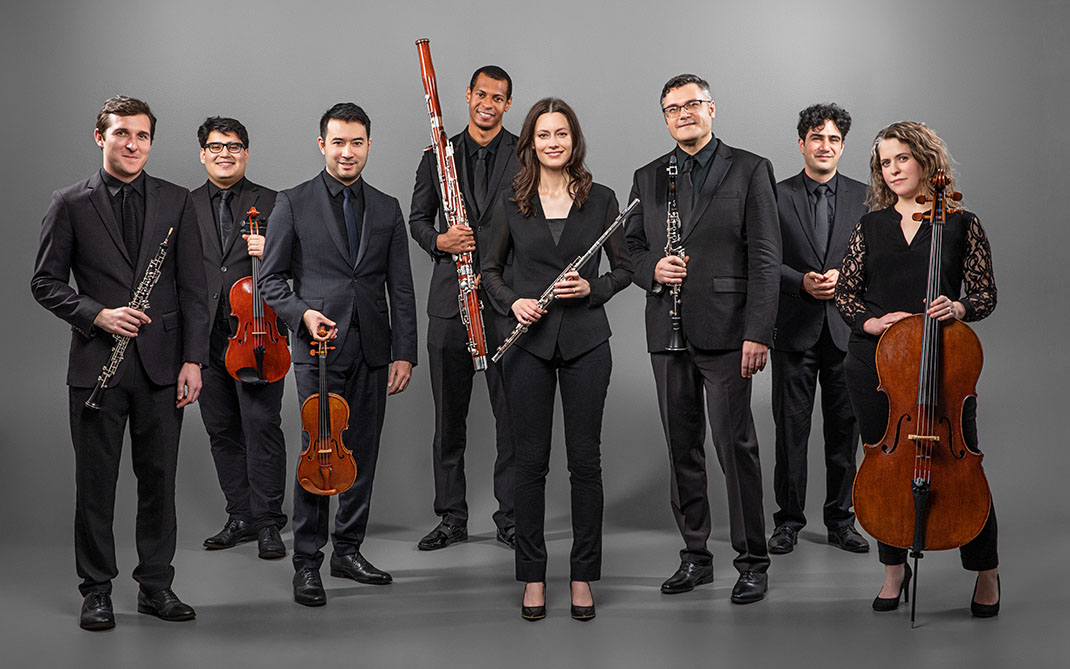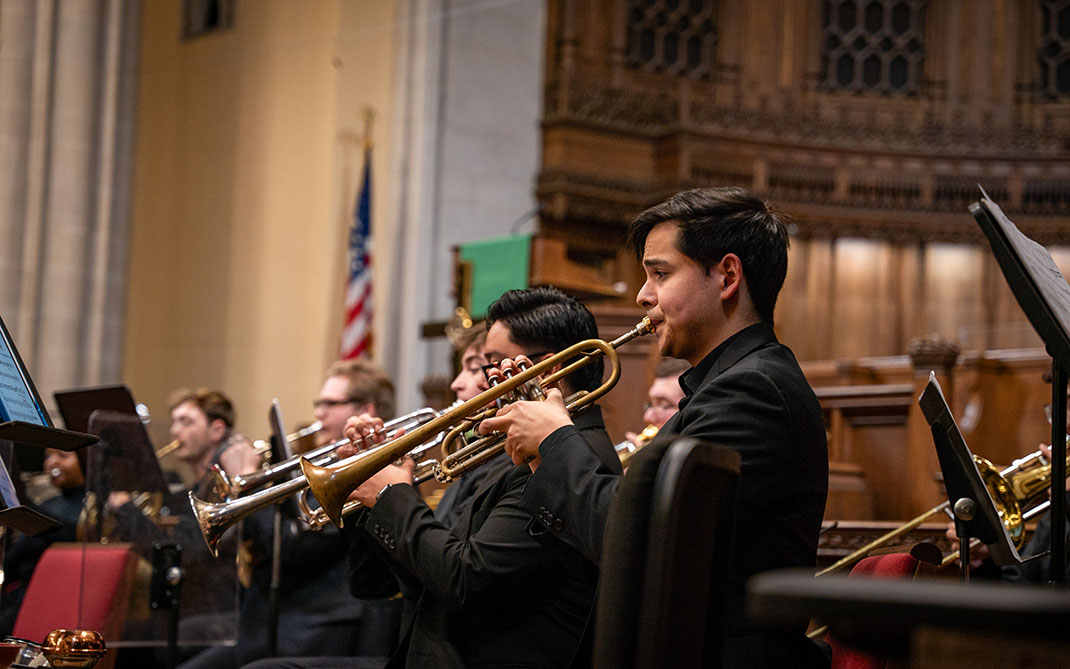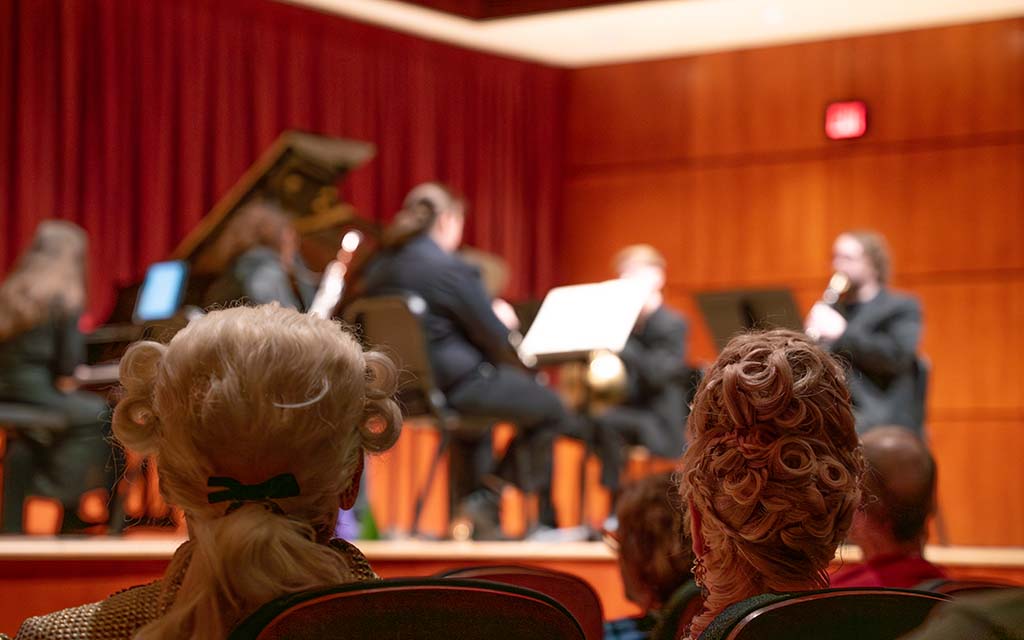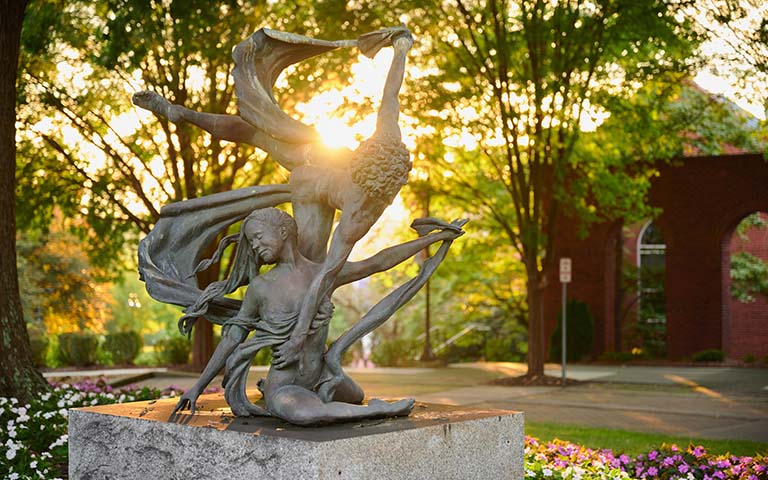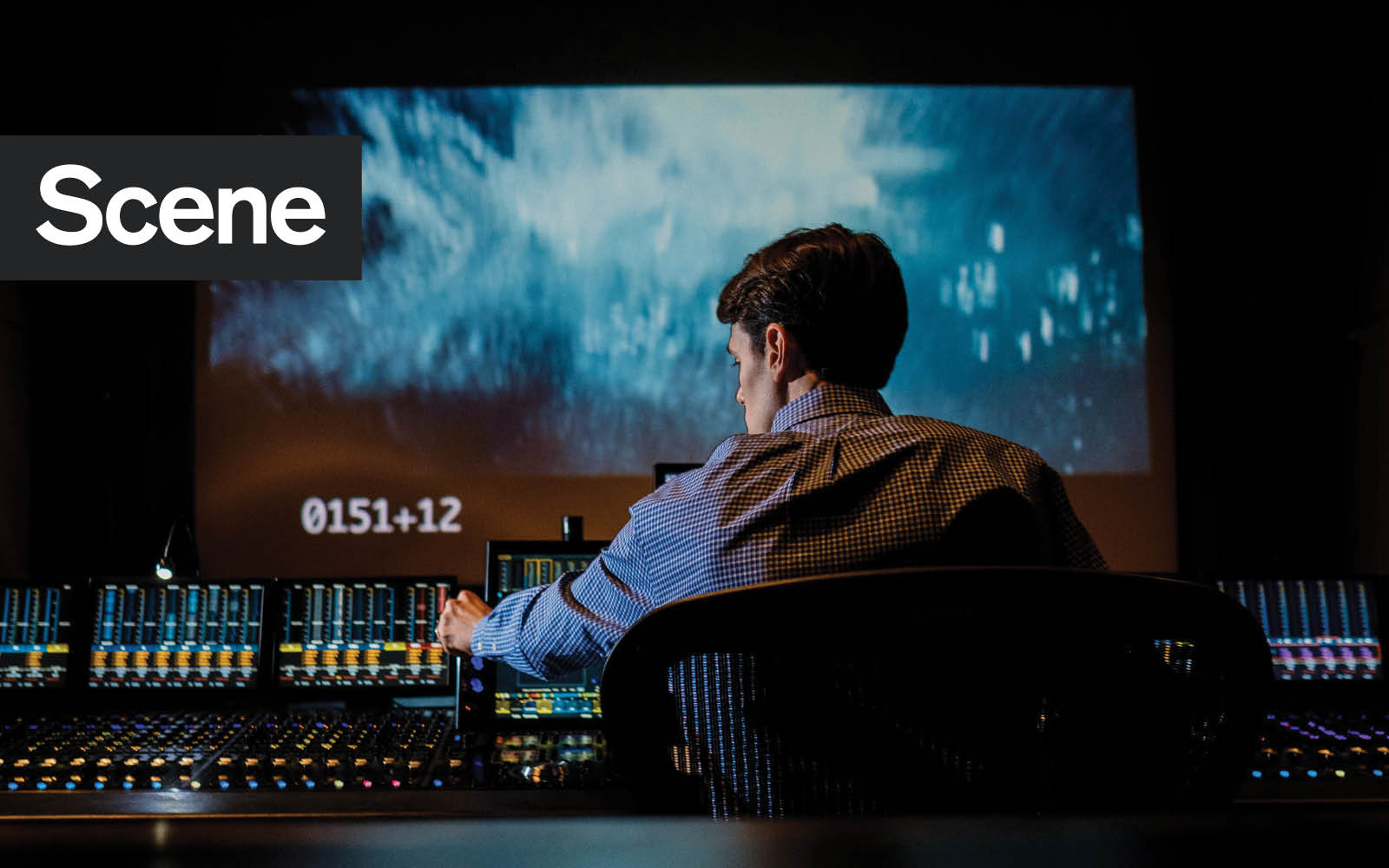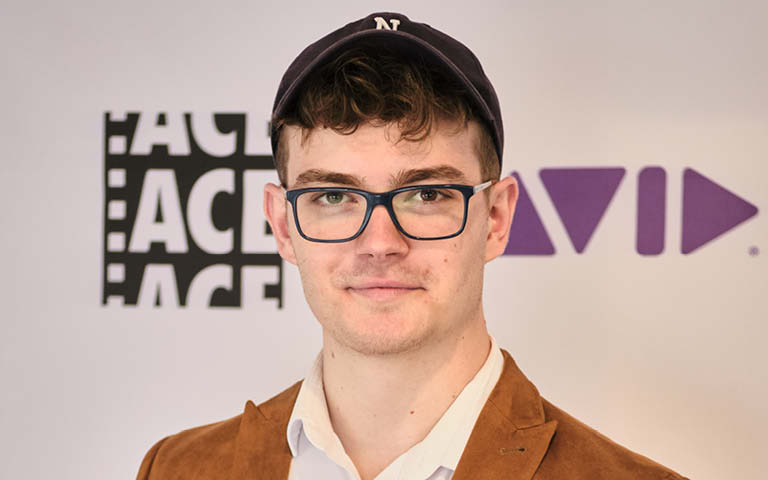Undergraduate Picture Editing & Sound Design
Undergraduate Picture Editing & Sound Design
The role of the film editor is crucial, as they have the final rewrite, the last say. If you want to learn not only the mechanics behind movie editing, but also the “why” behind it, UNCSA’s Picture Editing and Sound Design program is your chance to become a savvy, professional motion picture editor and/or sound designer.
Bachelor of Fine Arts
First Year
In order to develop a keen understanding of filmmaking as a whole, first-year students
will be expected to take courses on the fundamentals of production design, screenwriting,
directing, producing, cinematography, editing and sound design, as well as electives
in the arts and liberal arts classes. As part of your degree, you will take liberal arts courses. You will only be accepted into the undergraduate Editing and Sound Design program
at the end of your second year, so these fundamental courses serve as a way for the
faculty to gauge your abilities.
Second Year
In your second year, you will have more choice in the kinds of courses you take, helping
you narrow your interests. In addition to courses on world cinema and interdisciplinary
storytelling, you will choose a first and second choice department. So, in addition
to editing and sound design you will also select one workshop from screenwriting,
directing, cinematography, or producing. After a portfolio review, at the end of the
Spring semester, you can gain acceptance into the Editing and Sound Design degree
program.
Third Year
Your third-year intermediate editing and sound design courses will help you become
proficient in AVID and Pro Tools through project-based training.. This year you will
begin one-on-one work with a faculty mentor, refining your editing skills and applying
them to your third-year film projects. You will take courses on cinema studies, special
topics, film electives, and liberal arts electives your third and fourth years.
Fourth Year
The philosophical side of picture editing and sound design is emphasized in the fourth
year, as are the most advanced techniques in the field. You will learn how editors
can manipulate, contribute to, enhance and shape the narrative and dramatic elements,
while perfecting these techniques with the Avid editing system and learning the duties
of an Assistant Editor. You will apply the same philosophical and technical skills
to sound design. In your Advanced Editing Practicum course, you will continue working
with your faculty mentor to finalize your fourth-year film projects.
Careers
Our Editing and Sound Design graduates have become Editors and Sound Designers/Editors for major motion pictures, television series, and computer entertainment/games.
